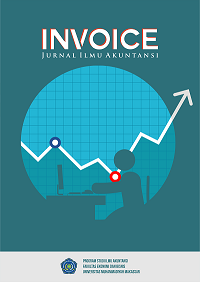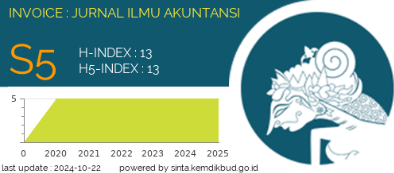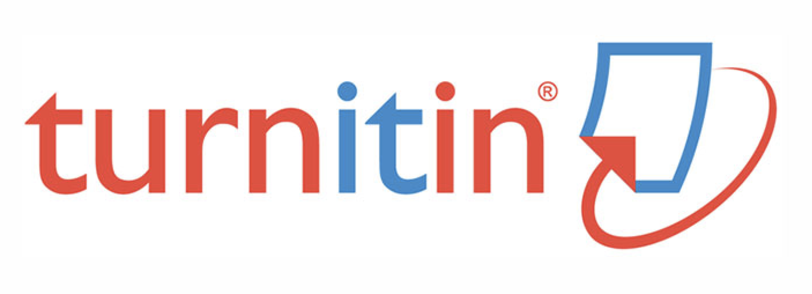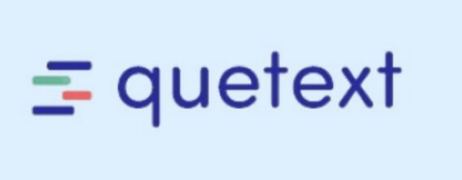ANALISIS PENDISTRIBUSIAN LABA DALAM AKUNTANSI SYARIAH UNTUK MENCAPAI PRINSIP KEADILAN PADA PT. BANK PANIN DUBAI SYARIAH Tbk
DOI: https://doi.org/10.26618/inv.v2i2.4114
Abstract
This study aims to determine the distribution of profits in Islamic accounting at the Panin Dubai Syariah Bank. This study uses a quantitative descriptive analysis method in which company data used are financial statements and an explanation of the desired data in this study is the 2016-2018 financial statements. The results showed that the didtribution of profits to companies that apply Islamic accounting has been distributed proportionally where the profits are nit only distributed to capital owners, but the distribution is also carried out to customers, employees, alms, and general reserves. Although for 2017-2018 there is no distribution of zakat. Implementation of the fair value of the distribution of profits has reached fair value in accordance with company policy rules. Although it has not been fully realized according to Islamic rules because the distribution of shareholders’ profit is greater than that of customers.
References
Al-Qur’an dan Terjemahannya 2014.
Aprianti, H.W. 2017. Akuntansi Syariah: Sebuah Tinjauan Antara Teori dan Praktik. Jurnal Akuntansi Indonesia. Vol. 6 No 2
Belkaouli, Ahmed. 2011. Teori Akuntansi. (terj. Dukat, Erwan, et. al.). Jakarta: Penerbit Erlangga.
Ekasari,Kurnia. 2014: Hermeneutika laba dalam persfektif Islam.Jurnal Akuntansi Multiparadigma.Vol.5 No.1
Harahap et al. 2010. Akuntansi Perbankan Syariah.Jakarta: LPFE Usakti.
Harahap, S.S. 2010. Beberapa Dimensi Akuntansi: Menurut Al-Qur’an, Ilahiyah, Sejarah Islam dan Kini. Media Riset Akuntansi, Auditing dan Informasi. Vol. 2 No. 2,
Ikatan Akuntan Indonesia. 2017. Standar Akuntansi Keuangan Syariah. Jakarta: Ikatan Akuntan Indonesia.
Ma’rifatun, et al. 2015. Analisis Sistem Penerapan Bagi Hasil terhadap Perolehan Laba Berdasarkan Prinsip Syari’ah. jurnal akuntansi. Vol. 2 No. No. 3,
Muhammad. 2010. Manajemen Bank Syari’ah. Yogyakarta: UPP AMP YKPN.
Nurhayati, S., dan Wasilah. 2014. Akuntansi Syariah di Indonesia. Jakarta: Salemba Empat.
Resmi, Siti. 2012. Perpajakan Teori dan Kasus. Jakarta: Salemba Empat.
Srisusilawati, P., dan Eprianti, N. 2017. Penerapan Prinsip Keadilan Dalam Akad Mudhrabah Di Lembaga Keuangan Syariah. Jurnal Law and Justice. Vol. 2 No. 1
Surepno, dan Jayanto,P.Y. 2017. Distribusi Laba Sebagai Implementasi Nilai Keadilan Dalam Akuntansi Syariah Pada PT. Bank Syariah Mandiri. Jurnal Ekonomi Syariah.Vol. 5 No. 1,.
Suwardjono. 2014. Teori Akuntansi Perekayasaan Pelaporan Keuangan Edisi Ketiga. Yogyakarta: BPE-Yogyakarta.
Syihab, Muhammad Baiquni. 2012. Reformasi Akuntansi Syariah: Rancang Bangun Laporan Keuangan Neraca Berbasis Syirkah Islam. Akuntansi. Vol. 2 Nomor 3,
Triwono,iwan. 2015. Akuntansi Syariah: Perspektif, metodoogi, dan Teori Ed.2-Cet.4. Jakarta: Rajawali Pers.
Vahid, Navid, et al. 2013. Comparison Between Accounting Profit and Economic Profit and its Effect on Optimal Point of Production, Jurnal of Natural and Social Science. Vol. 2. No. 3,
Wibowo, dan Arif, A. 2009. Akuntansi Keuangan Dasar 2. Jakarta: Grasindo. https://www.idx.co.id/https://www.paninbanksyariah.co.id/
Downloads
Published
Issue
Section
License
Authors who publish with Invoice: Jurnal Ilmu Akuntansi agree to the following terms:
-
Copyright Ownership
The copyright of all articles published in this journal remains with the author(s). However, the authors grant Invoice: Jurnal Ilmu Akuntansi the right of first publication with the work simultaneously licensed under a Creative Commons Attribution 4.0 International License (CC BY 4.0). This license allows others to share, copy, redistribute, adapt, and build upon the work for any purpose, even commercially, as long as proper credit is given to the original author(s) and the source. -
Licensing and Access
Invoice: Jurnal Ilmu Akuntansi provides immediate open access to its content on the principle that making research freely available to the public supports a greater global exchange of knowledge. All published materials are available freely without subscription or payment and can be accessed, downloaded, and reused by any user provided that appropriate attribution is given. -
Permission for Reuse
For uses not covered by the CC BY 4.0 license, such as commercial reprints, translations, or any form of adaptation without clear attribution, users must obtain written permission from the editorial team. Requests for such permissions can be directed to the editorial office at: [invoice@unismuh.ac.id]. -
Plagiarism and Originality
Authors are responsible for the originality of their submissions. All articles are screened for plagiarism using appropriate tools before acceptance. Manuscripts found to contain unoriginal content or infringing materials will be rejected or retracted as per journal policy.














